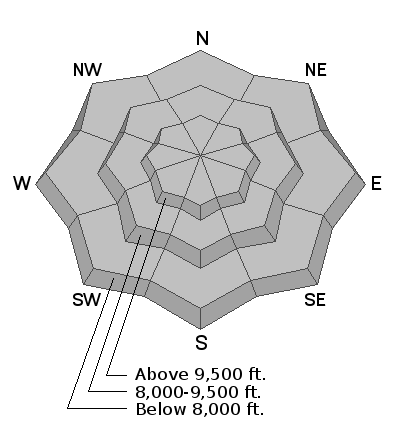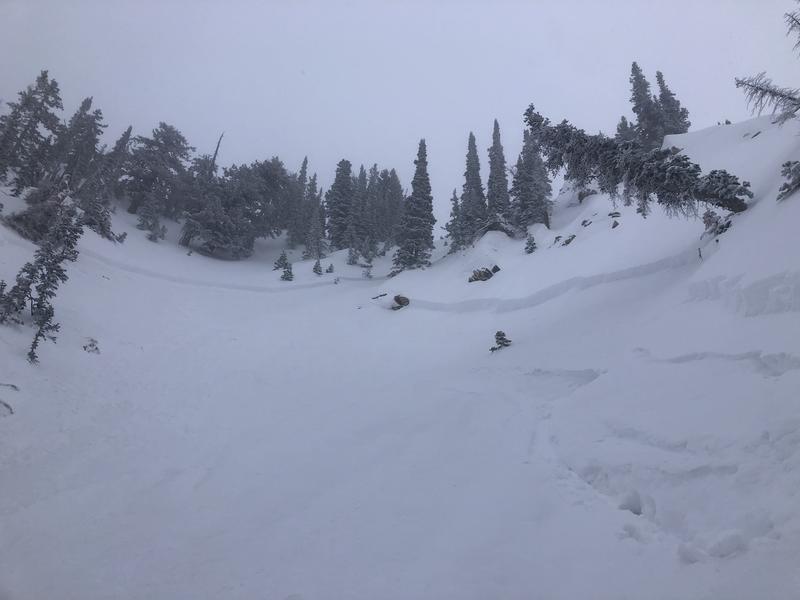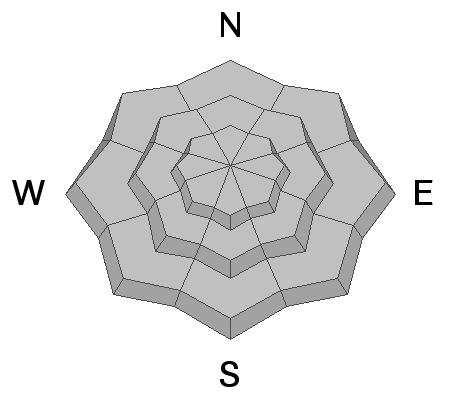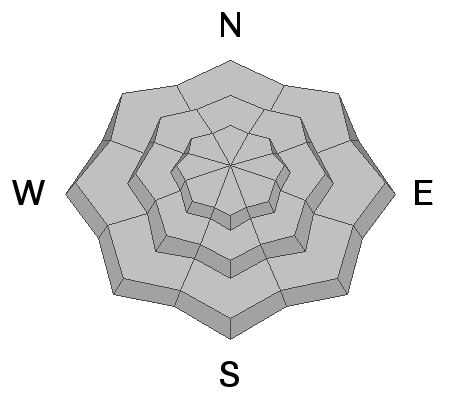Forecast for the Salt Lake Area Mountains

Issued by Trent Meisenheimer on
Tuesday morning, April 27, 2021
Tuesday morning, April 27, 2021
Strong winds and heavy snowfall has created areas of unstable snow throughout the Wasatch Range. Be on the lookout for areas that have been loaded by the strong southerly winds and avoid those slopes. Soft slab human triggered avalanches 12 inches deep and up to 60-100 feet wide will remain possible today. Evaluate the snow and terrain carefully; look for and avoid features of concern.
If the sun decides to show its face today, remember that it's almost May, and it will only take minutes to make the snow unstable on steep, sunlit aspects.
If the sun decides to show its face today, remember that it's almost May, and it will only take minutes to make the snow unstable on steep, sunlit aspects.
During the spring, we typically deal with three different avalanche problems:
1. Wet snow: Wet loose avalanches, wet slab avalanches, and lastly, glide avalanches.
2. New snow: New storm snow instability as soft slab avalanches and loose dry avalanches.
3. Wind Drifted Snow: Wind slabs - soft or hard drifts of wind-blown snow.

Low
Moderate
Considerable
High
Extreme
Learn how to read the forecast here









